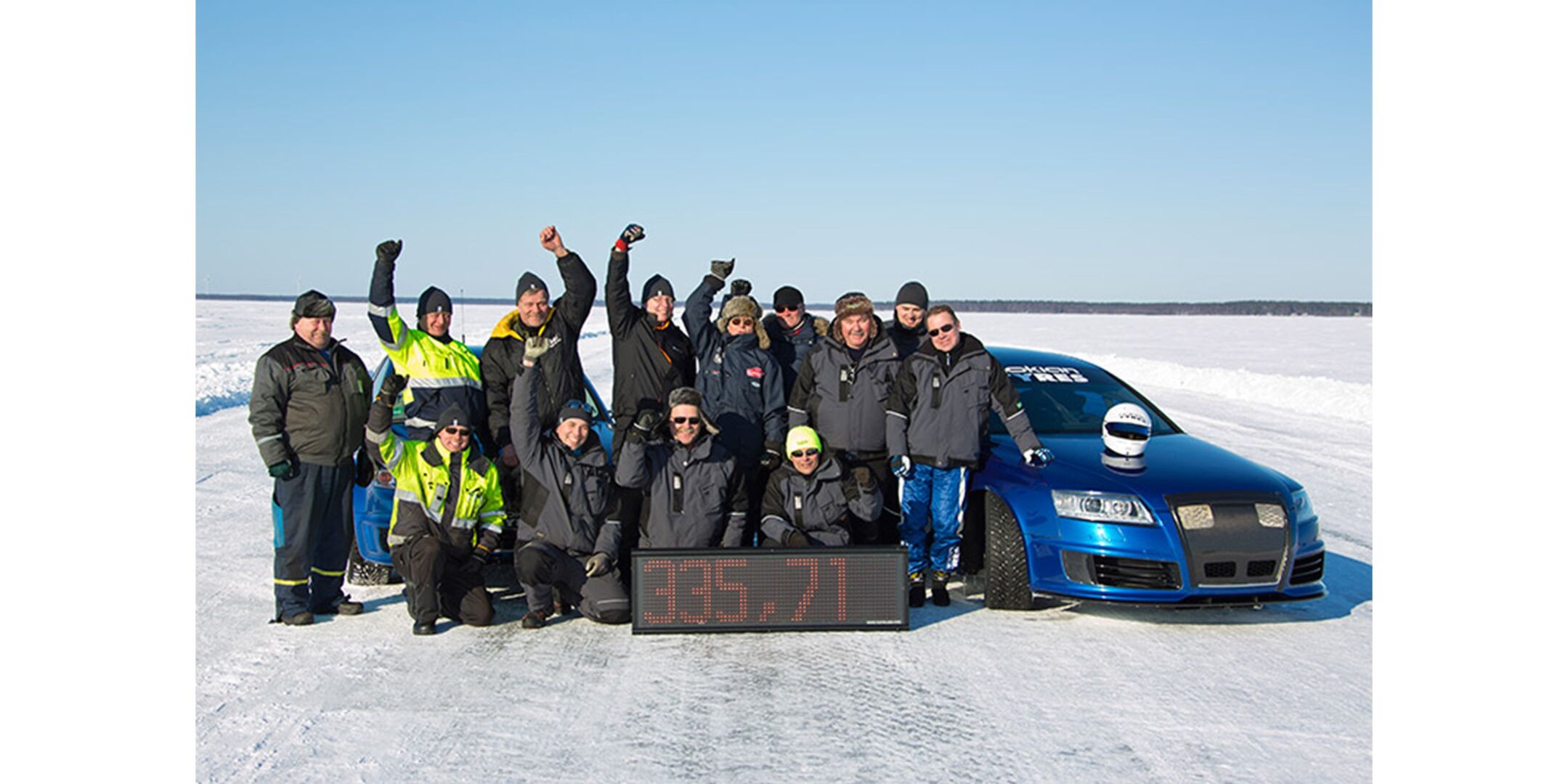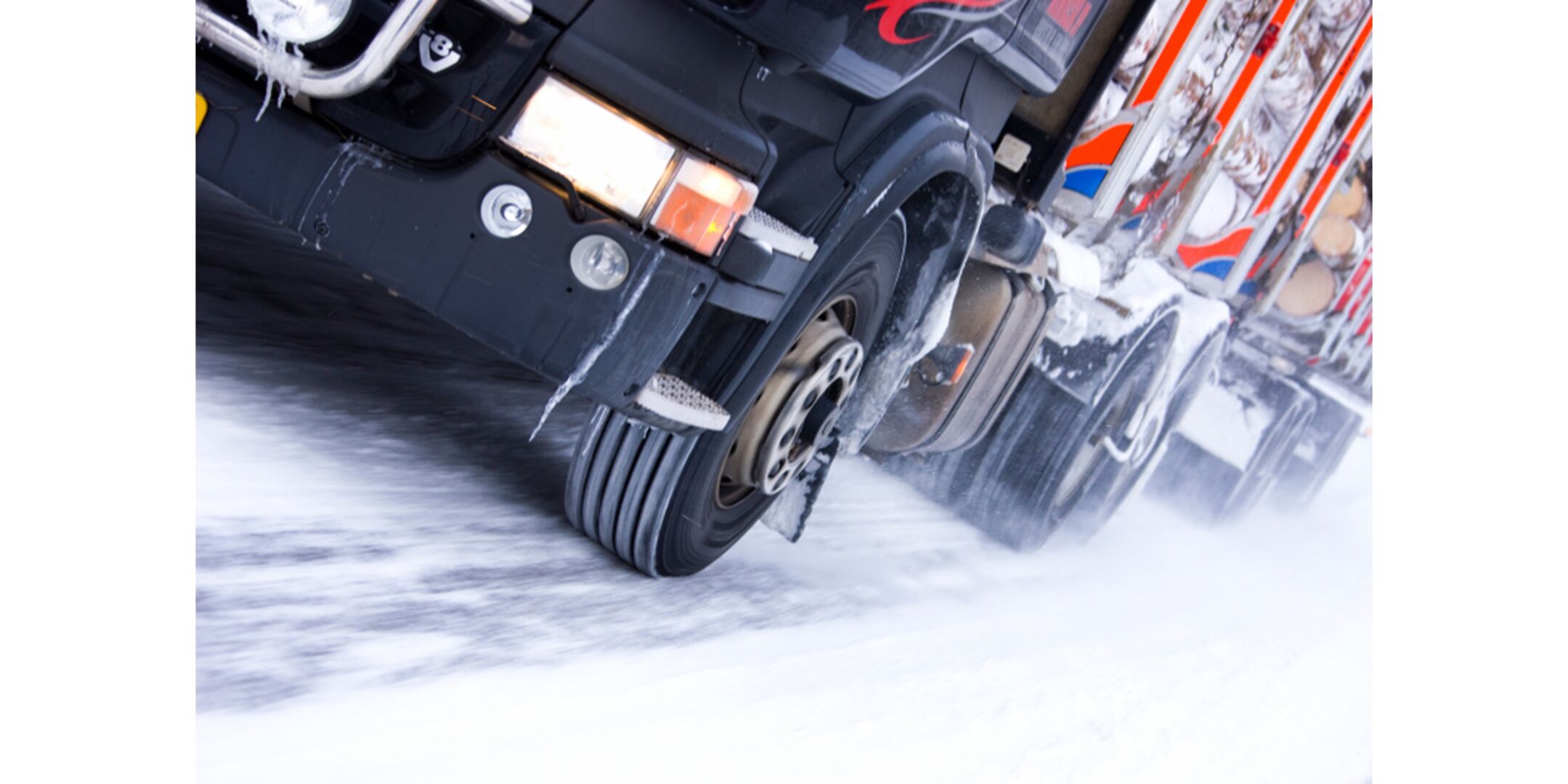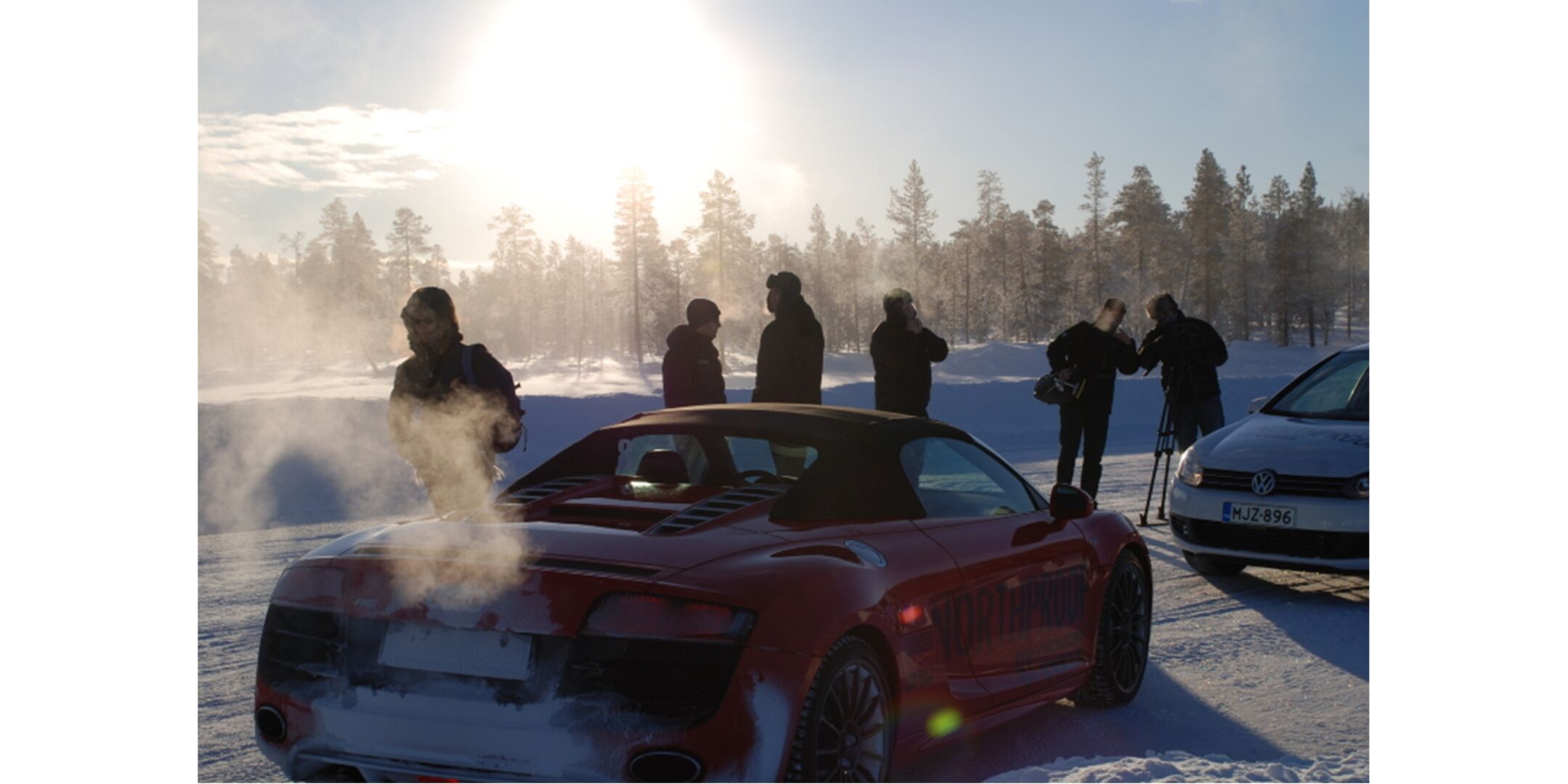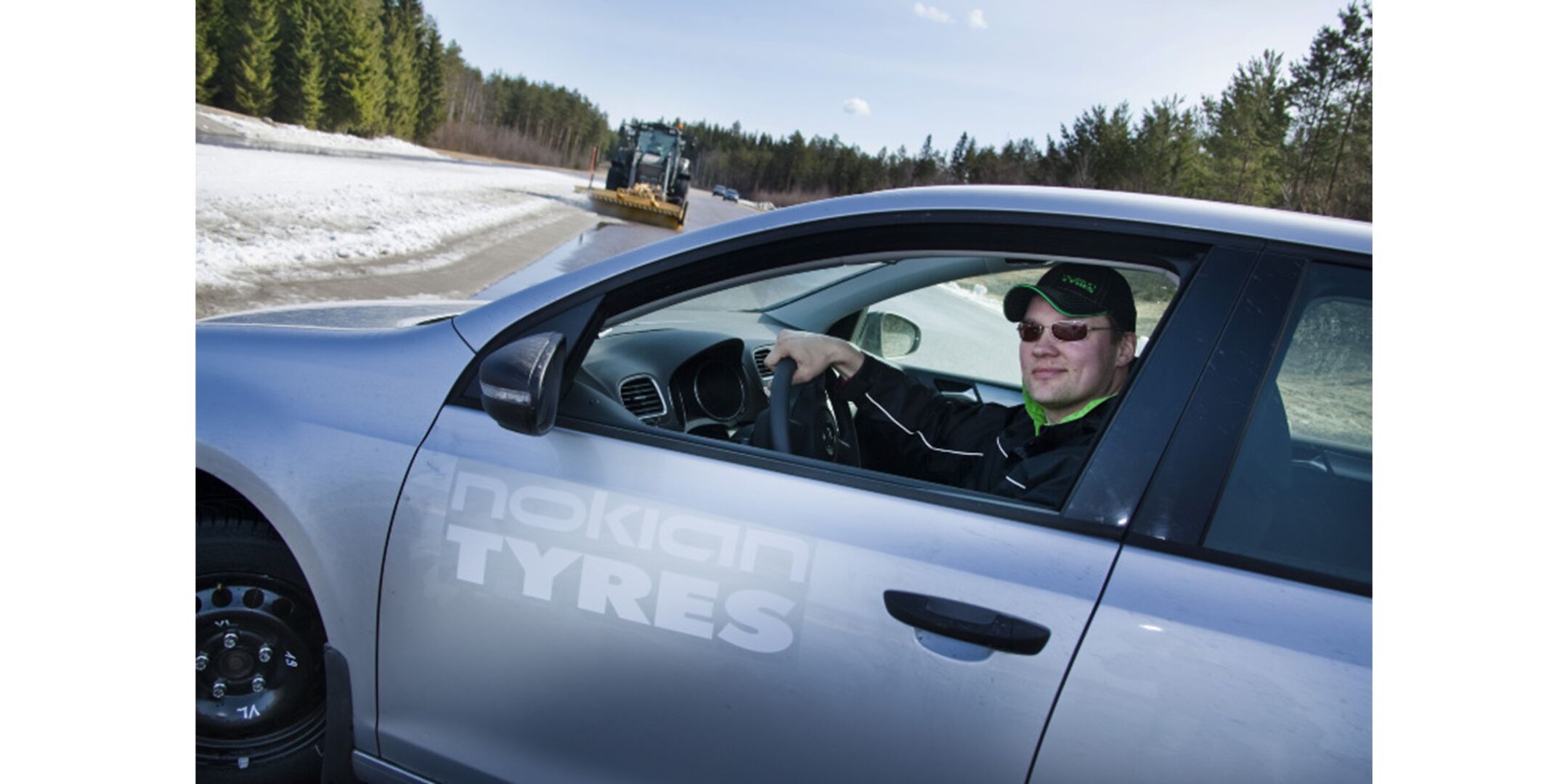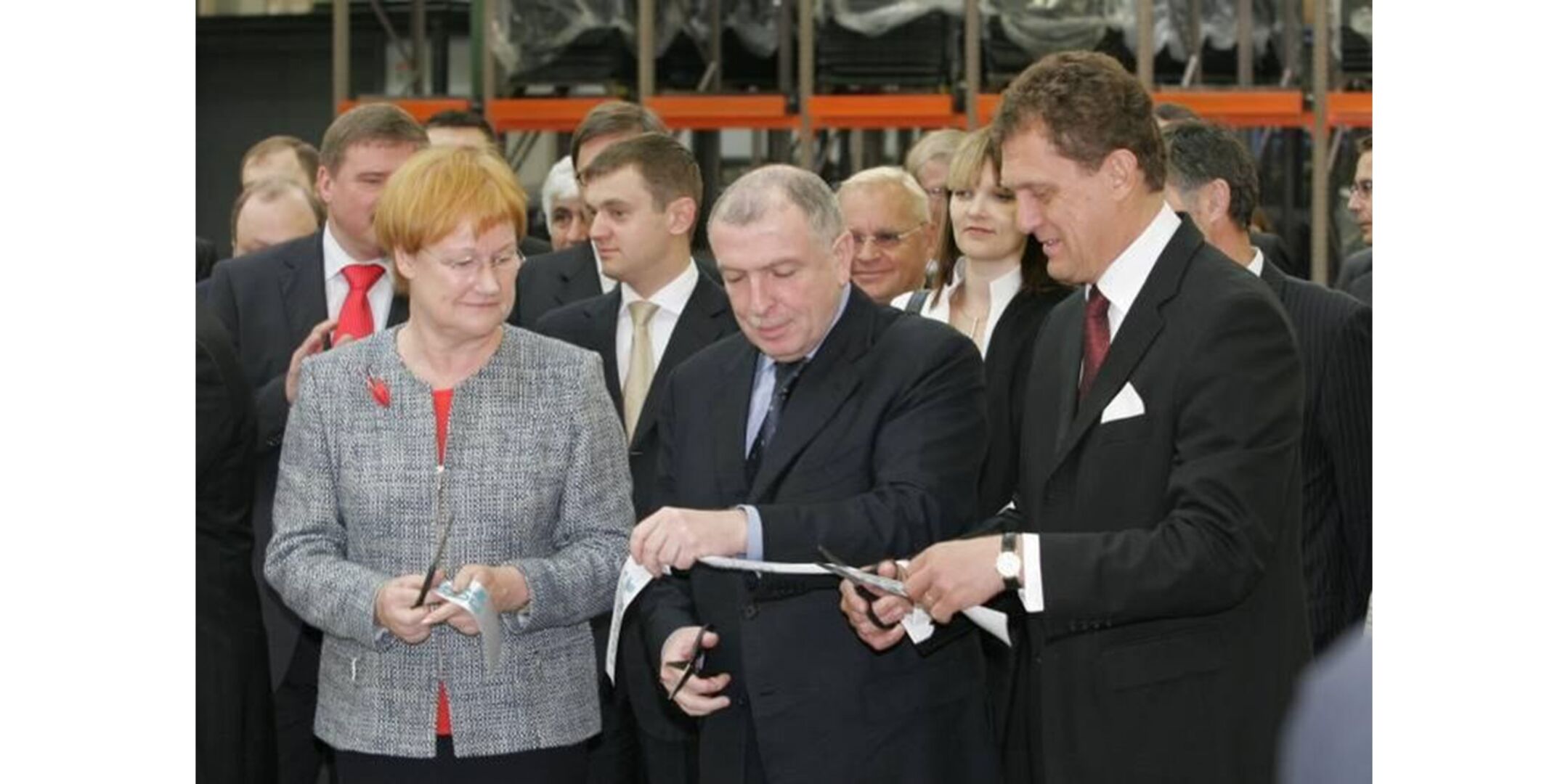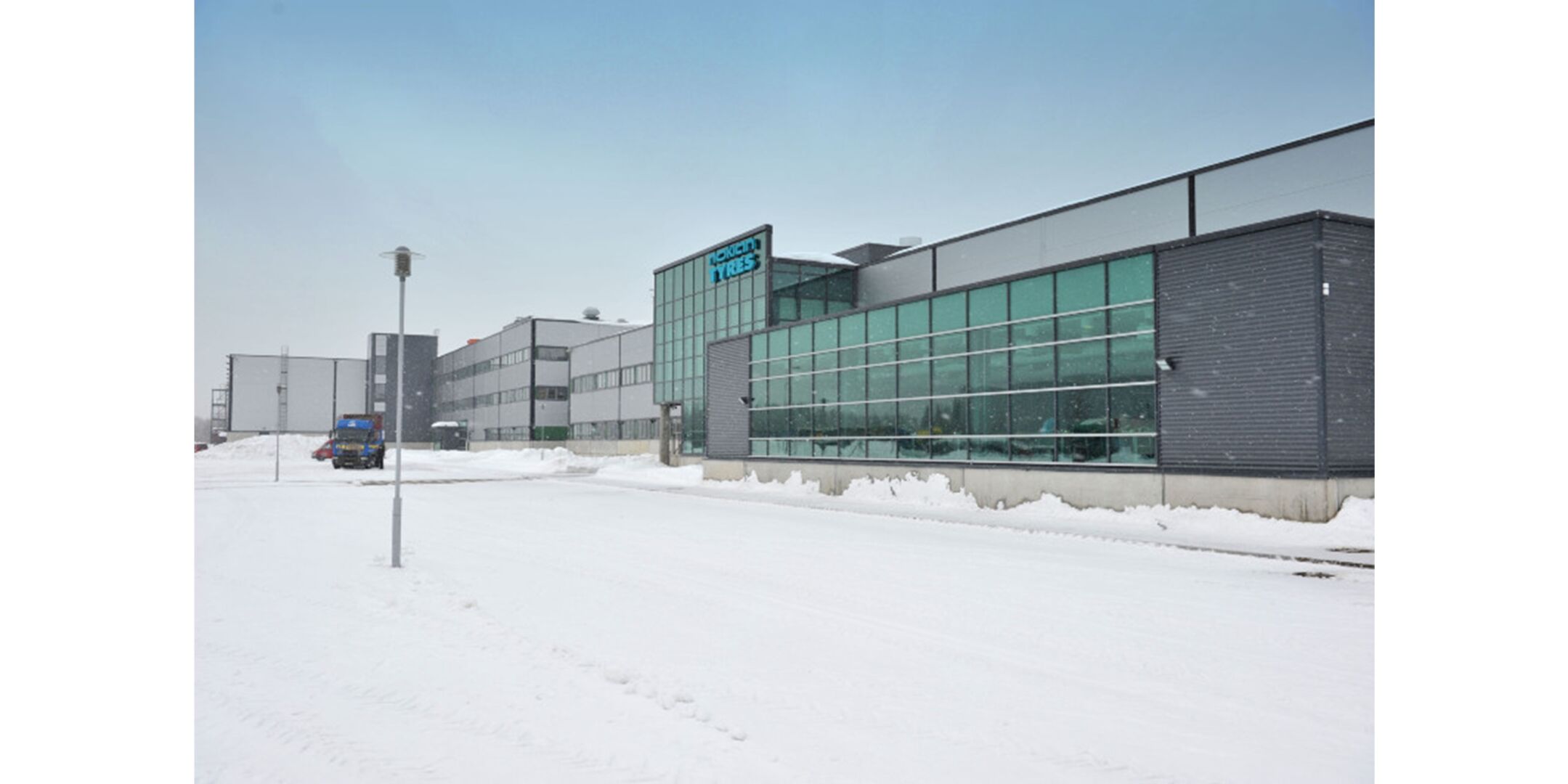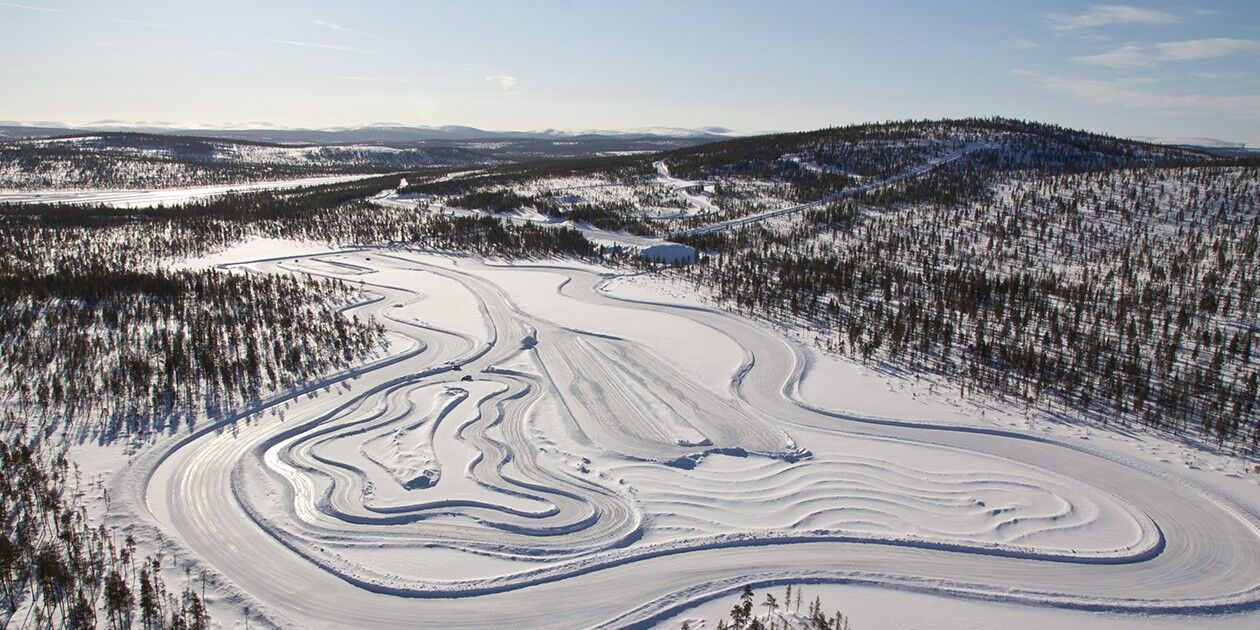Article
2000: Champion of demanding winter weather
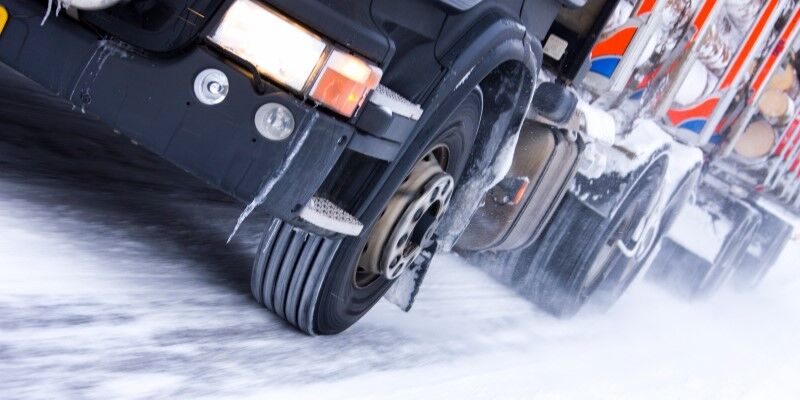
Winter conditions became even more varied in the 2000s. Extreme slipperiness, unpredictable slush and long periods with no ice or snow. Non-studded tires had become a permanent addition to the Hakkapeliitta family. The grip properties of non-studded tires were improved by using new sipe technology, for example.
Nokian Tyres continued to rely heavily on studded tires under Northern conditions. At the beginning of the millennium, over 80% of the winter tires bought in Finland were studded tires. The Hakkapeliitta was successful in magazine tests, both as studded and non-studded versions. The new product family included the studded Nokian Hakkapeliitta 2, the Hakkapeliitta Q non-studded winter tire and the Nokian Hakkapeliitta C for vans.

Driving safety indicator
A driver must be able to rely on the properties of the winter tire throughout its lifespan. But when is it time to switch to new Hakkapeliittas? In 2000, Nokian Tyres developed the Driving Safety Indicator, which can be used to verify the remaining tread depth on the tire. As the tire wears down, the numbers on the middle of the tire disappear one by one. The snowflake symbol also indicates a change in safety characteristics. When the snowflake has worn off, the driver should buy new winter tires. A tread depth of four millimetres is required for safe winter driving.
Innovation in winter tires continued. Starting from the year 2000, all new Hakkapeliittas had Driving Safety Indicators (DSI). The same year, a patent for a Bluetooth smart tire system was applied for. The latest in stud technology were the square stud of the Hakkapeliitta 4 in 2003 and the “Bear claw” that regulated stud impact in 2006.
The company diversified its product offerings further. Newer cars favoured low-profile tires and consumer demands were also met by focusing on high-quality special tires.
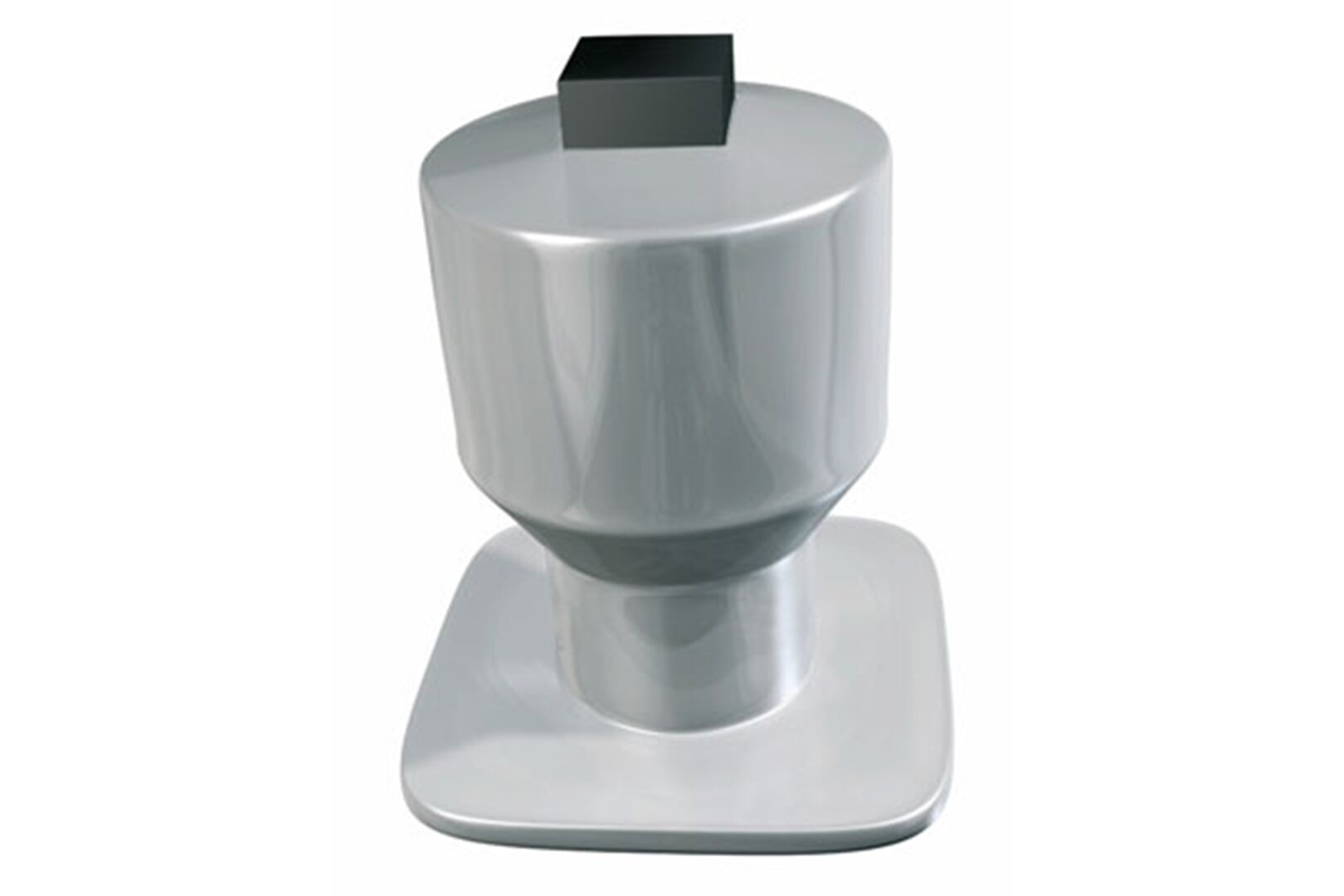
Square stud
Starting from the 1960s, the traditional stud and its body were round in shape. A creative decision was made during the design of the Nokian Hakkapeliitta 4 winter tire: the hard metal pin and flange of the new stud were square-shaped. The change of shape created a justifiable increase in driving safety. In tests performed by Nokian Tyres, the square stud launched in 2003 increased the ice grip of the Hakkapeliitta by up to 8%. In 2006, an even more developed version entered the market when the entire stud body was made square. The new square stud anchored itself firmly on the tread of the tire, maintaining its safety properties throughout the lifespan of the tire.
Nokian Tyres has continued its pioneering work in eco-friendliness. The company was the first tire manufacturer to start using purified, low aromatic oils in 2004. Modern tires also contain canola oil in order to guarantee the flexibility of the rubber compound even in extremely cold weather.
In 2008, Nokian Tyres introduced the Hakkapeliitta Truck E truck and bus tire that was tailored for demanding winter weather. At the same time, this new winter traction tire started the new Hakkapeliitta Truck product family, whose cornerstones are Nokian Tyres’ basic values: safety, durability and eco-friendliness.
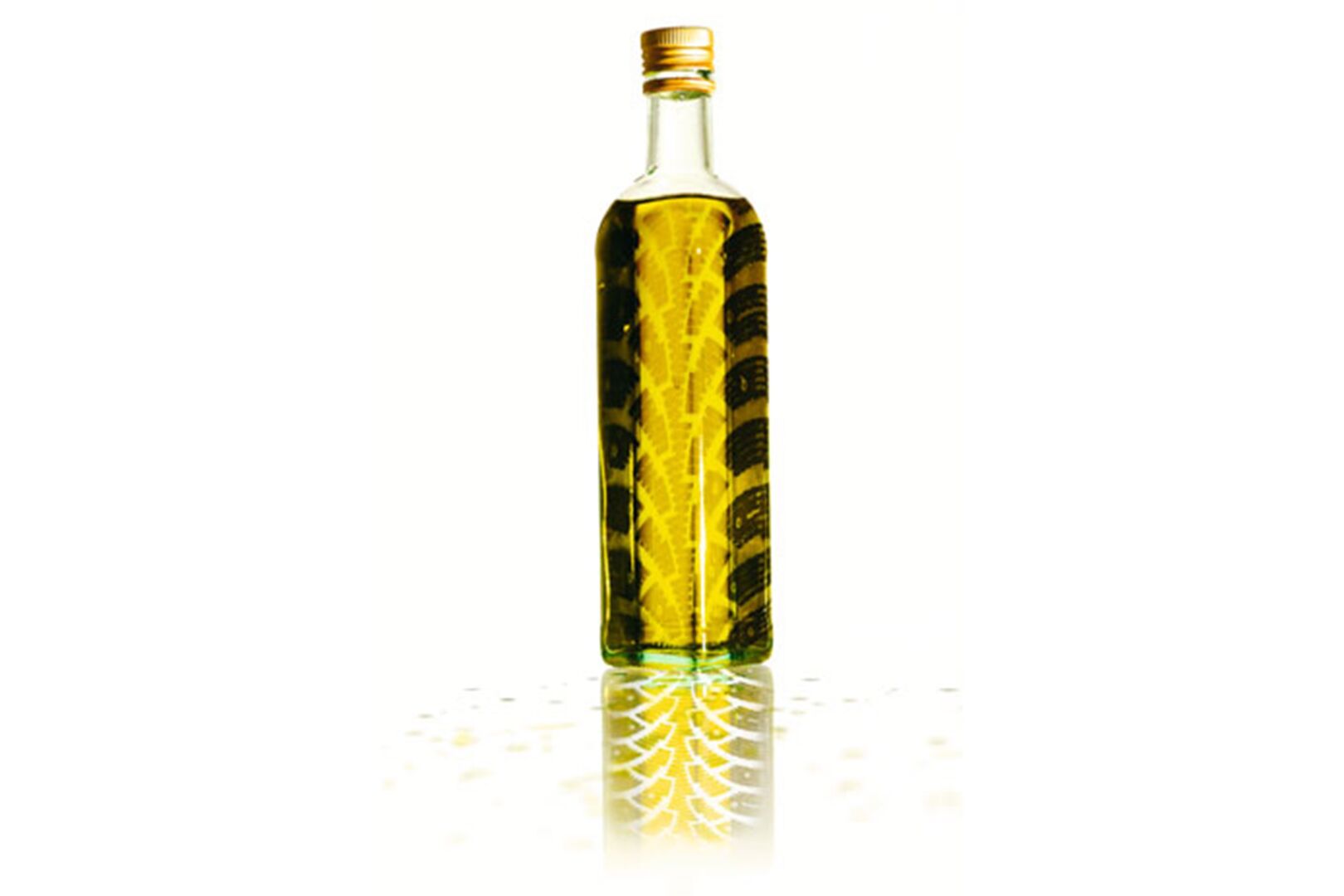
Eco-friendly oils
The different rubber compounds of the winter tire parts have numerous components. One key factor is oil that makes the rubber strong and durable. In 2004, Finnish canola oil was added to the recipe of the Hakkapeliitta tire. Canola oil increases the tear strength of the compound, further increasing grip on snow and ice. Starting from the Hakkapeliitta 4, winter tires from Nokian have been rolling on canola oil.
The efforts in product development generated a stream of first places in winter tire comparison tests. For two consecutive years (2009 and 2010), the Finnish car magazines Tekniikan Maailma and Tuulilasi, the Russian magazine Za Rulem and the Swedish Vi Bilägare all ranked the Nokian Hakkapeliitta 7 the best winter tire.
Nokian Tyres’ production facilities are located in Finland and Russia. Product development and the manufacture of prototypes and test batches are located in Nokia next to the company’s headquarters. The Nokia factory manufactures passenger car tires, heavy tires and retreading materials for truck tires.
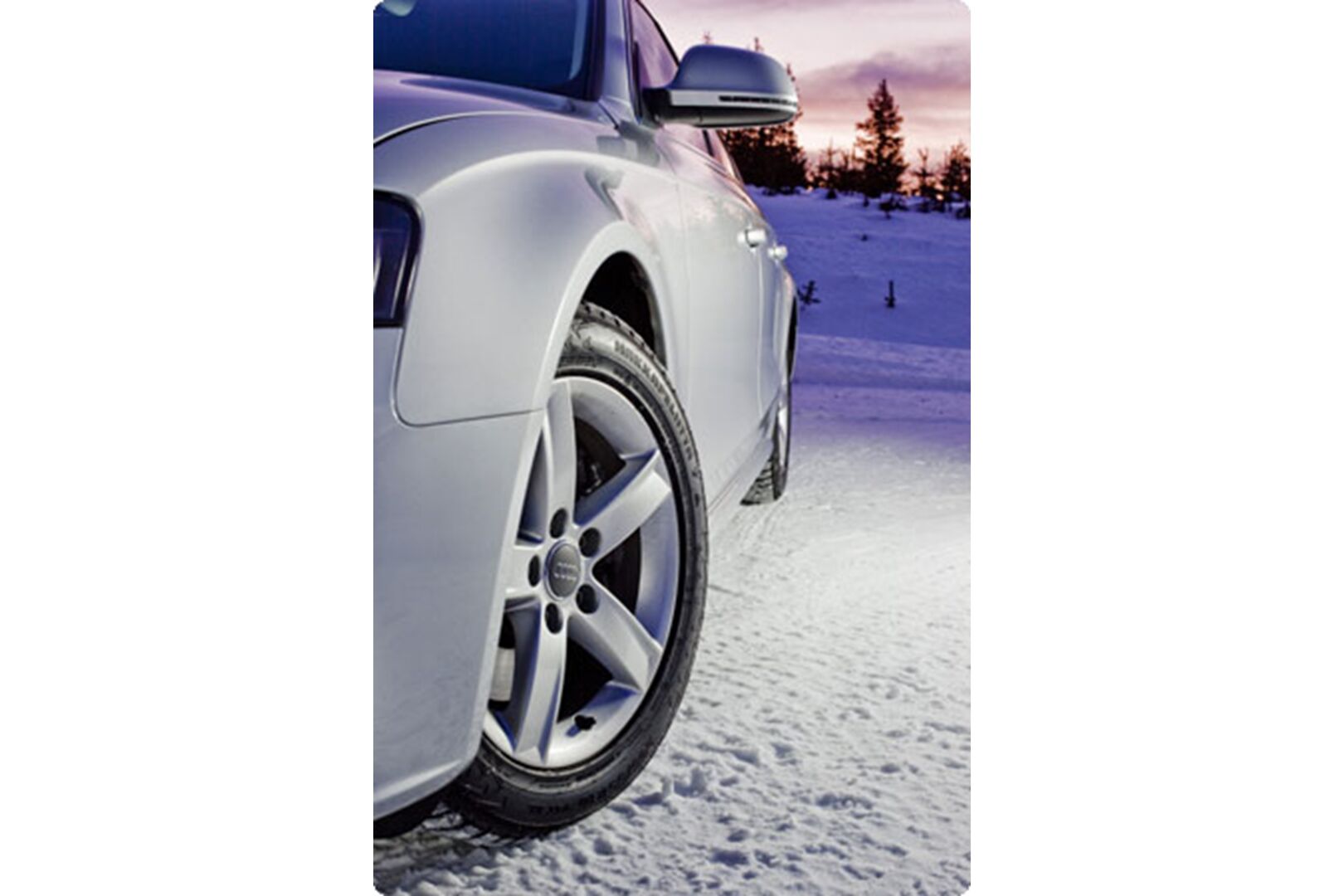
Evaluation
“Nokian Hakkapeliitta 7 is the ice champion. The Hakkapeliitta wins in both braking grip and acceleration on ice. Driving the Hakkapeliitta 7 is special, as the tire allows for a relatively wide slide, while constantly maintaining control. In rough driving on snow, the tire behaves like on ice - the tire will eventually slide, but in a controlled manner. Even a four-wheel slide can be controlled without problems. The tire behaves similarly under extreme conditions on a wet surface - the tire starts its sideways slide softly, which means that speed can be reduced and control retained. The Nokian is the best winter tire”.
These are the words of the Swedish magazine Vi Bilägare in its issue 14/2010.
The manufacturing of Nokian Hakkapeliittas became more international when a new production plant was established in Vsevolozhsk, Russia in 2005. The Vianor tire chain continued growing and spearheading the growth of the company.
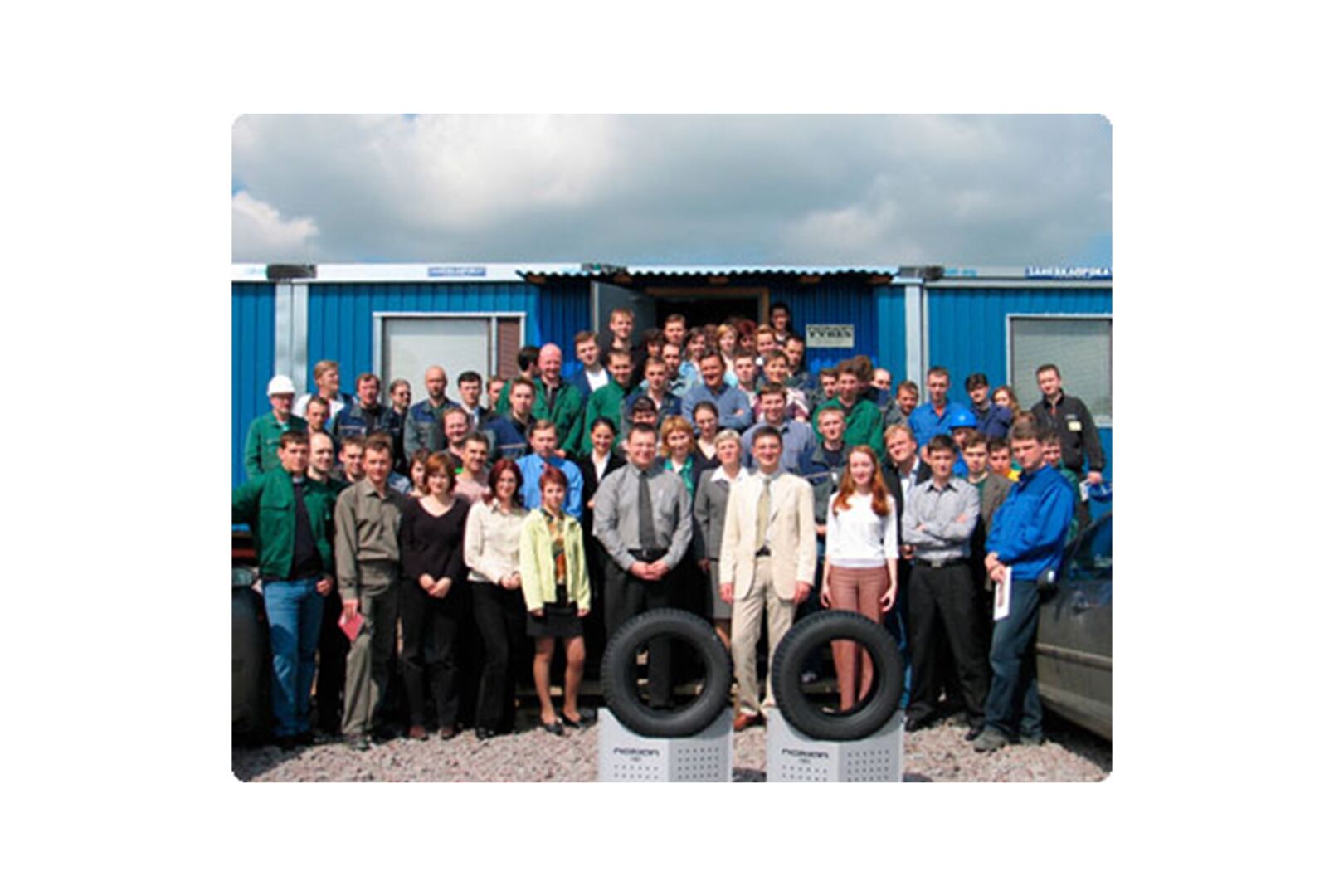
Vsevolozhsk factory
In the beginning of the 2000s, Nokian Tyres took a bold step towards the growing Russian market. Since 1997, the company had maintained a representative office in Moscow, building customer relationships and strengthening the position of the tire brand in Russia. The goal now was to build a new production plant alongside the Nokia factory.
